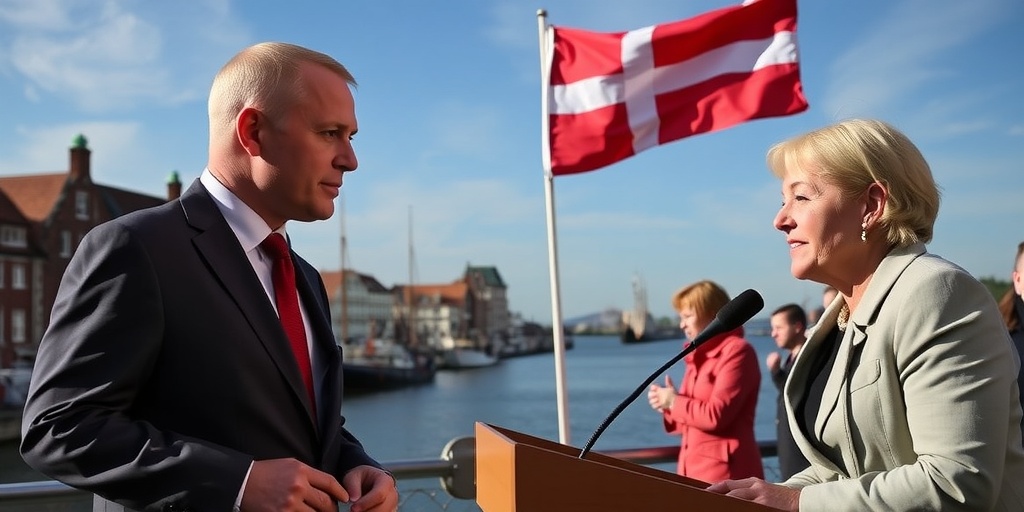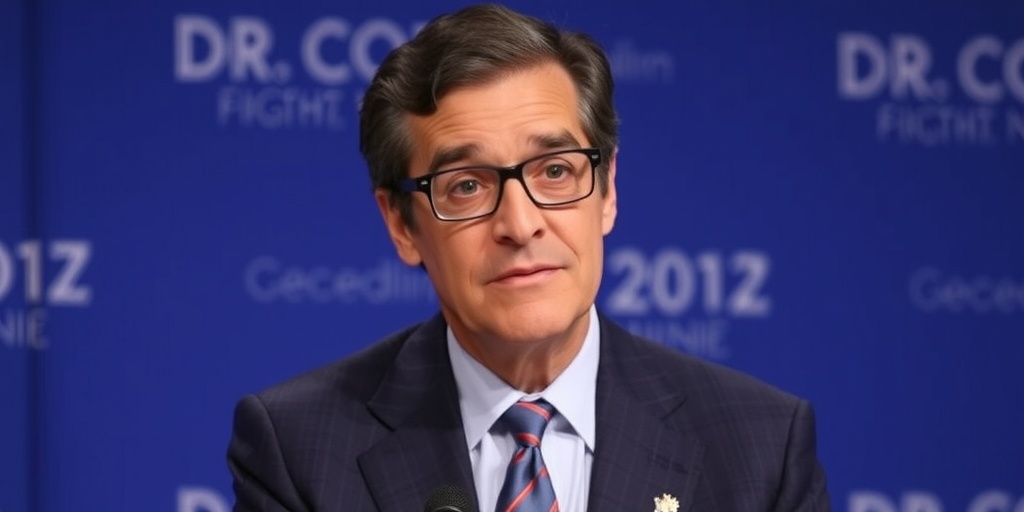Now Reading: Denmark’s Social Democrats Thrive with Tougher Immigration Policies
-
01
Denmark’s Social Democrats Thrive with Tougher Immigration Policies
Denmark’s Social Democrats Thrive with Tougher Immigration Policies

Danish Prime Minister Mette Frederiksen: A Study in Progressive Governance Amidst Immigration Challenges
Denmark’s Prime Minister Mette Frederiksen stands as a striking outlier in the global political landscape, celebrated for her government’s progressive policies, particularly in stark contrast to the growing right-wing sentiment seen in many other Western nations. Upon her recent return from Ukraine, where she marked her 47th birthday by reaffirming Denmark’s commitment to Ukrainians resisting Russian aggression, Frederiksen’s administration has garnered attention not just for its foreign policy, but also for its domestic governance.
Since taking power in 2019, Frederiksen and her Social Democrats have implemented a series of progressive policies that could be seen as a benchmark for left-leaning parties worldwide. These initiatives include reforms to pension structures that allow blue-collar workers to retire earlier than their professional counterparts, legislative measures to control rising housing costs, and innovative environmental policies like the first carbon tax on livestock. Notably, Denmark has also expanded reproductive rights, allowing girls as young as 15 to access abortion services without parental consent.
Amid these achievements, Frederiksen’s administration diverges sharply from many leftist governments internationally in its approach to immigration. After a significant influx of migrants caused by conflicts in Libya and Syria in the past decade, her party shifted to a more restrictive immigration policy, calling for lower admission levels and stringent integration efforts for immigrants already in Denmark. This pivot, although criticized by many progressives, reflects a core belief among Frederiksen and her allies that high levels of immigration compromise social cohesion and strain the welfare system, disproportionately affecting working-class communities.
Frederiksen argues that a successful welfare state relies on a shared sense of community, which can be eroded by unchecked immigration. She emphasizes that working-class families—those most impacted by competition for social services and jobs—have legitimate concerns about the potential economic burdens that arise from high levels of immigration. Her sentiment resonates within her party and supports their electoral strength, as they have successfully won over voters in lower-income areas that previously felt ignored by leftist policies.
This focus on immigration is not merely a tactical political maneuver; it’s a principled stance intended to address economic inequality and protect vulnerable citizens. Frederiksen’s government maintains that their tougher immigration laws are integral to fostering a cohesive society, necessary for sustaining the welfare benefits enjoyed by all citizens.
The broader implications of Denmark’s approach to immigration are notable. As many Western nations face increasing support for far-right populism, the Social Democrats’ model provides an alternative path that combines progressive domestic policies with a tough stance on immigration. This has enabled them to galvanize support even as many of their counterparts in Europe and America struggle under the weight of their immigration policies.
International comparisons reveal the complexities of immigration’s impact on national identity and economic stability. While Denmark’s immigrant population is growing, it remains significantly lower than in neighboring countries like Sweden and Germany. The Social Democrats’ policies have generated considerable debate, with critics pointing to allegations of racism and nativism. However, supporters argue that acknowledging and addressing community concerns about immigration is essential to retain the support of the working class.
The evolution of Frederiksen’s position illustrates a broader shift observed across the political landscape, where some leftist parties are reevaluating their stances on immigration in response to voter dissatisfaction. Countries like Germany and Sweden are revisiting their immigration frameworks as they tackle the challenges that arise with integrating large migrant populations.
Denmark’s current political climate suggests a consensus around immigration policy, with social reforms becoming increasingly critical to maintaining social trust and economic stability. Indeed, as Frederiksen pointed out, immigration itself should not become a dominant issue if managed properly; success relies on effective governance and addressing the core anxieties of citizens.
In conclusion, Mette Frederiksen’s balanced blend of progressive welfare policies and pragmatic immigration controls serves as a critical case study for other nations grappling with these intertwined issues. Her government’s approach presents a blueprint of how left-leaning parties can maintain electoral support by addressing the genuine concerns of their constituents while still offering comprehensive welfare solutions. This dual focus may offer crucial insights for progressive movements worldwide, particularly as they navigate the complex terrain of immigration and social justice in an increasingly divisive global landscape.
Stay Informed With the Latest & Most Important News
Previous Post
Next Post
-
 01New technology breakthrough has everyone talking right now
01New technology breakthrough has everyone talking right now -
 02Unbelievable life hack everyone needs to try today
02Unbelievable life hack everyone needs to try today -
 03Fascinating discovery found buried deep beneath the ocean
03Fascinating discovery found buried deep beneath the ocean -
 04Man invents genius device that solves everyday problems
04Man invents genius device that solves everyday problems -
 05Shocking discovery that changes what we know forever
05Shocking discovery that changes what we know forever -
 06Internet goes wild over celebrity’s unexpected fashion choice
06Internet goes wild over celebrity’s unexpected fashion choice -
 07Rare animal sighting stuns scientists and wildlife lovers
07Rare animal sighting stuns scientists and wildlife lovers





















